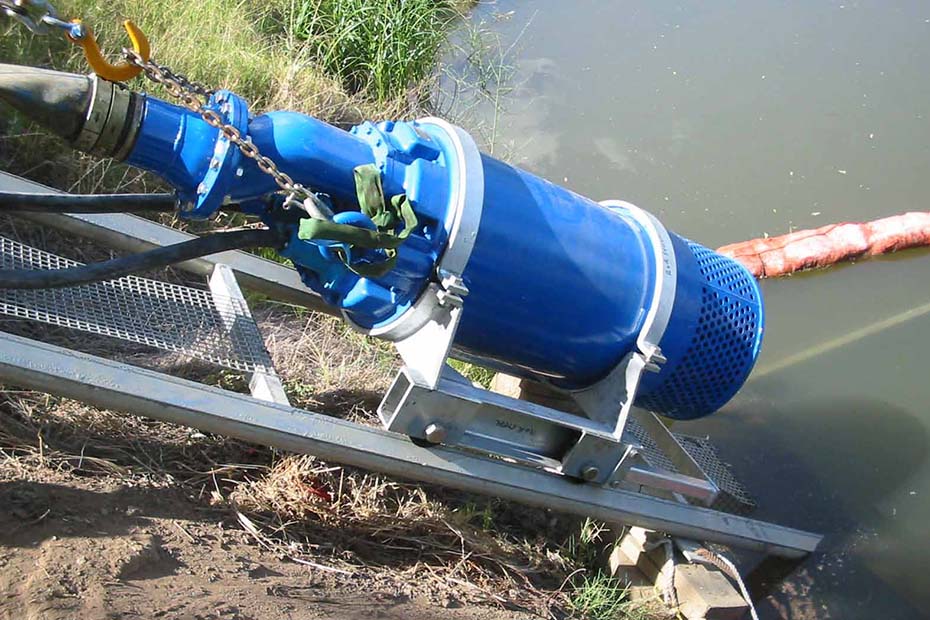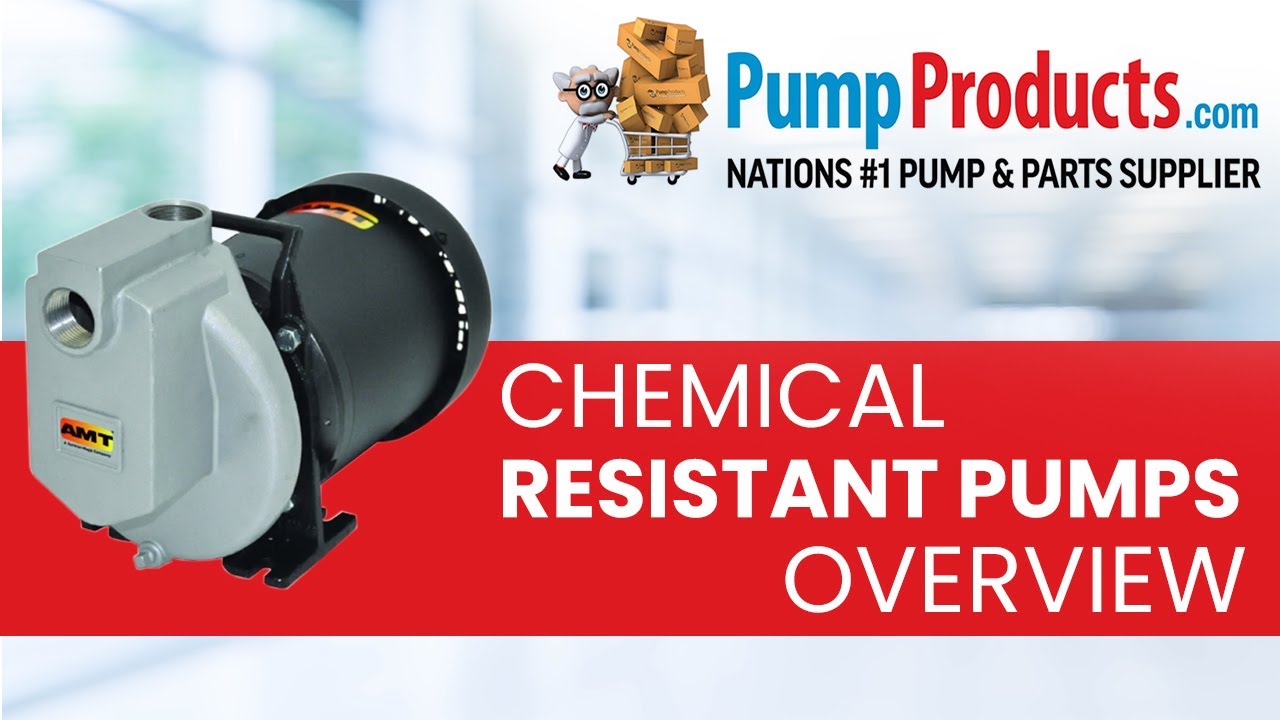So, you’re asking about acid resistant sump pumps? Yeah, I’ve got a story about that. Didn’t even know they were a thing until I absolutely, positively needed one. It’s funny how you learn about these specialized gadgets, usually the hard way, right?

My Old Setup and the “Oops” Moment
I’ve got this workshop in my basement, nothing fancy, but it’s where I tinker. For years, I had a regular old sump pump down there, just chugging away whenever we got heavy rain. Never thought much about it. It was just there, doing its job, keeping the place dry. Or so I thought it would, always.
Then came the day I was trying to clean up some really grimy engine parts. I was using this de-greaser, pretty strong stuff, and also some rust remover solution I’d mixed up. Long story short, I wasn’t as careful as I should have been with the cleanup. Some of that concoction, a fair bit of it actually, ended up getting rinsed down the floor drain, which, you guessed it, leads straight to the sump pit. At the time, I didn’t think “acid” or “corrosive,” I just thought “dirty water.” Big mistake.
When Things Went South
A few weeks later, after a good downpour, I noticed the pump was making a weird grinding noise. Not the usual hum. Then, it just… stopped. Stone dead. And of course, the water level in the pit started rising. Panic mode, you know? I managed to bail it out before it made a huge mess, but the pump was toast. When I pulled it out, the thing looked awful. Parts of it were all corroded and eaten away. It was a real mess.
That’s when the penny dropped. That chemical soup I’d sent down there had basically chewed up the pump from the inside out. My trusty old pump wasn’t built for chemical warfare. It was a harsh lesson, let me tell you.
The Hunt for a Tougher Pump
So, there I was, needing a new pump, but I knew a standard one would just suffer the same fate. I started digging around online, typing in stuff like “sump pump for chemicals” and “heavy-duty sump pump.” That’s when I first saw the term “acid resistant sump pump” or “chemical resistant pump.”
Honestly, they were a bit more expensive than the regular ones. My wallet winced a little. But then I thought about the cost of another dead pump, or worse, a flooded basement full of who-knows-what. Suddenly, the extra cost didn’t seem so bad. It was an investment, really.
I did some reading, looked at different materials they use for these things – plastics like polypropylene, or stainless steel specifically rated for certain chemicals. It was a bit of a learning curve.
- I checked what kinds of chemicals they could handle.
- I looked at the motor housing and the impeller material.
- And of course, the flow rate and lift height, just like any pump.
I ended up picking one that seemed to have good reviews and was rated for a decent range of mild acids and alkalis. Nothing super industrial, but definitely tougher than your average hardware store special.
Getting it Installed and Peace of Mind
Putting the new pump in was pretty straightforward. If you’ve ever swapped out a sump pump, it’s much the same process. The main difference I noticed was the build quality. This new pump just felt more substantial. The casing was thicker, and the parts that would be in contact with the water looked like they were made of tougher stuff, not just cheap metal.
I got it all hooked up, dropped it in the pit, and tested it out. It hummed to life, quieter than the old one even before it started failing. Nice.

And you know what? It’s been in there for over a year now. I’m still careful about what goes down the drain, mind you. I learned my lesson there! But if some residue from my projects does make its way to the sump pit, I don’t have that knot in my stomach anymore. This pump just handles it. No weird noises, no signs of corrosion when I peek in the pit. It just works.
So, yeah, if you’re in a situation where your sump pump might be exposed to anything harsher than plain old rainwater – maybe you’ve got certain types of water treatment discharge, or a workshop like mine, or even just really acidic soil conditions – seriously consider an acid resistant model. It might save you a whole lot of headache and expense down the road. A bit of prevention, as they say, is worth a pound of cure. And in this case, a pound of very grumpy, corroded old pump.

